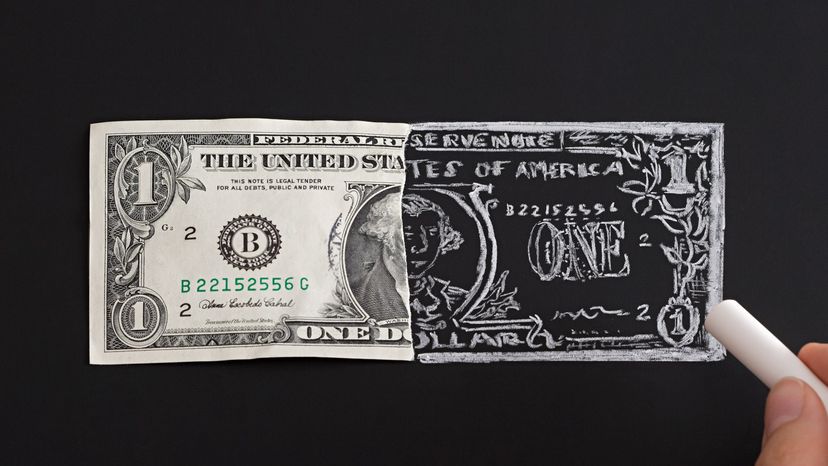Explore making uses of copyright in Artistic Creations and Theatrical Performances
Phony money, commonly synonymous with deception and outrage, holds a strange attraction when it locates its way right into the world of creative developments and staged efficiencies. As we dig into the diverse uses of phony cash in these innovative domain names, we start to reveal a globe where authenticity and imitation blur, triggering us to question the very nature of worth and depiction within art and efficiency.

Historic Importance of Imitation Cash in Art
The historical relevance of funny money in art is a facility and appealing topic that loses light on the crossway of creativity, subversion, and socio-political discourse. Throughout background, artists have made use of funny money as a device for difficult social standards, questioning the value of money, and making effective statements about riches and power.
Among one of the most significant instances of funny money in art dates back to the Dada motion of the very early 20th century - copyright money for sale. Musicians such as Marcel Duchamp and Hannah Höch incorporated phony currency into their jobs to criticize the capitalist system and discover the concept of value in a swiftly changing globe
In addition, throughout times of economic instability or political turmoil, funny money has been made use of by musicians as a form of objection or rebellion. By creating and distributing copyright, artists have actually been able to interfere with the condition quo, obstacle authority, and prompt essential discussions regarding the role of money in society.
Effect of copyright Currency on Visual Arts
By integrating fake cash right into their works, artists prompt discussions on the nature of worth, authenticity, and social assumptions of wide range. The usage of fake cash in art also elevates ethical factors to consider concerning the borders of creative expression and the implications of replicating legal tender. On the whole, the effect of phony money on visual arts is complex, boosting important reflections on the junction of cash, art, and social worths.
Meaning and Significance in Theatrical Imitation Displays
Using theatrical copyright displays, musicians utilize symbolic representations to convey much deeper definitions and stimulate provocative interpretations within the realm of efficiency art. Via the consolidation of funny money in staged manufacturings, designers can discover motifs such as greed, power, corruption, and the illusion of wide range. Making use of phony money on phase can serve as an allegory for social problems, financial disparities, and the delicacy of economic systems.
In staged efficiencies, the symbolic worth of funny money extends beyond its monetary worth. It can represent the deceitful nature of looks, the pursuit of materialistic needs, and the effects of dishonest behavior. By using copyright money as a prop, musicians can test target markets to question real definition of riches and the honest borders that individuals may go across in its quest.
Ethical Factors To Consider in operation Phony Money for Art

One major honest consideration is the potential legal repercussions of using funny money in art. Counterfeiting currency is prohibited in a lot of countries and can lead to severe repercussions for artists that intentionally integrate copyright expenses right into their job. copyright money for sale. This not just places the artist in jeopardy however also questions regarding promoting prohibited activities with art
Additionally, there is an ethical problem relating to the credibility of the art work itself. Using funny money blurs the line in between fact and imitation, potentially tricking audiences and compromising the honesty of the creative item. Artists have to think about whether using funny money lines up with their values and imaginative intents, weighing the possible effect on their track record and reputation.
Future Patterns in copyright Cash Combination
Thinking about the evolving landscape of imaginative expression, the consolidation of copyright money in innovative works may witness a change in the direction of innovative and provocative methods. As artists proceed to press limits and discover new tools, phony money might progressively be used to challenge social norms, examine the value of currency, or make powerful statements about riches and consumerism.
One future trend in copyright cash assimilation might be its use in immersive art installments where target markets are urged to engage with the items, blurring the lines in between fact and impression. Furthermore, improvements in technology might cause the production of hyper-realistic copyright cash that is virtually tantamount from real currency, opening up opportunities for much more comprehensive and intricate artworks.
In addition, partnerships in between counterfeiters and artists could cause special items that integrate standard imaginative methods with the craftsmanship of developing funny money. Nonetheless, moral considerations bordering the legitimacy and morality of using phony cash in art will certainly remain to be a factor of contention as these future trends unravel.
Final Thought
To conclude, the uses of funny money in artistic productions and theatrical performances have a lengthy history and continue to be a resource of motivation for musicians. From its historic importance to its influence on aesthetic click over here arts and symbolism in theatrical screens, funny money plays an one-of-a-kind function in the art globe. Moral factors to consider need to be taken into account when utilizing phony cash for imaginative continue reading this purposes. The combination of funny money in art is likely to continue evolving in the future.
Generally, the influence of copyright money on aesthetic arts is multifaceted, stimulating essential representations on the intersection of money, art, and social values.

In verdict, the usages of copyright money in artistic developments and staged efficiencies have a long history and continue to be a source of inspiration for musicians. Honest considerations need to be taken into account when utilizing phony money for innovative purposes. The integration of imitation cash in art is likely to continue advancing in the future.